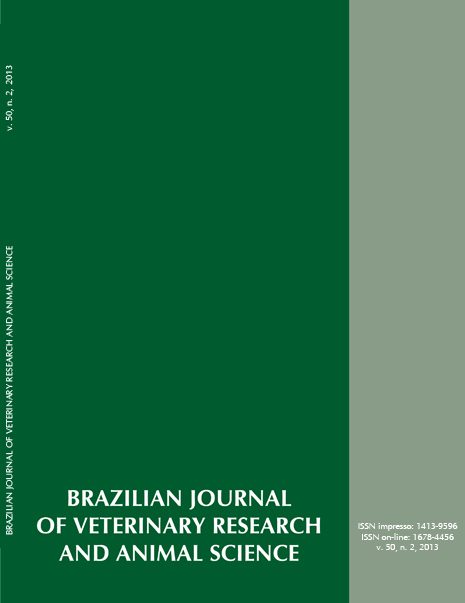Genotype and expression of the enhanced green fluorescent protein in LEW-Tg (EGFP) F455.5/Rrrc rats
DOI:
https://doi.org/10.11606/issn.2318-3659.v50i2p87-97Keywords:
Enhanced green fluorescent protein, EGFP, Autofluorescence, Difference in expressionAbstract
The Green fluorescent protein (GFP) was first described after being extracted from Aequorea victoria in 1987. Since then, GFP and its derivatives have been widely used in several experiments as cell and protein marker. In the present study it was verified the genotype of the offspring from crosses between heterozygote Lewis LEW-Tg (EGFP) F455.5/ Rrrc rats and analyzed the expression of the enhanced green fluorescent protein (EGFP) in different cell types and genotypes. The genotype of the offspring was assessed by PCR and analysis of EGFP expression in different cells and genotypes, including mesenchymal stem cells (MSC) derived from adipose tissue and calvarial osteoblast cells. Expression of EGFP was verified by flow cytometry, fluorescence microscopy, and immunostaining. Through these methods, it was identified the genotypes of the offspring and determined the levels of expression of EGFP in two cell types. A difference in expression between the (EGFP +/+) and (EGFP +/-) genotypes was also observed in addition to the presence of autofluorescence. Further studies on the natural fluorescence of cells with the (EGFP +/-) genotype and that induced by presence of the EGFP are necessary.
Downloads
Downloads
Published
Issue
Section
License
The journal content is authorized under the Creative Commons BY-NC-SA license (summary of the license: https://





